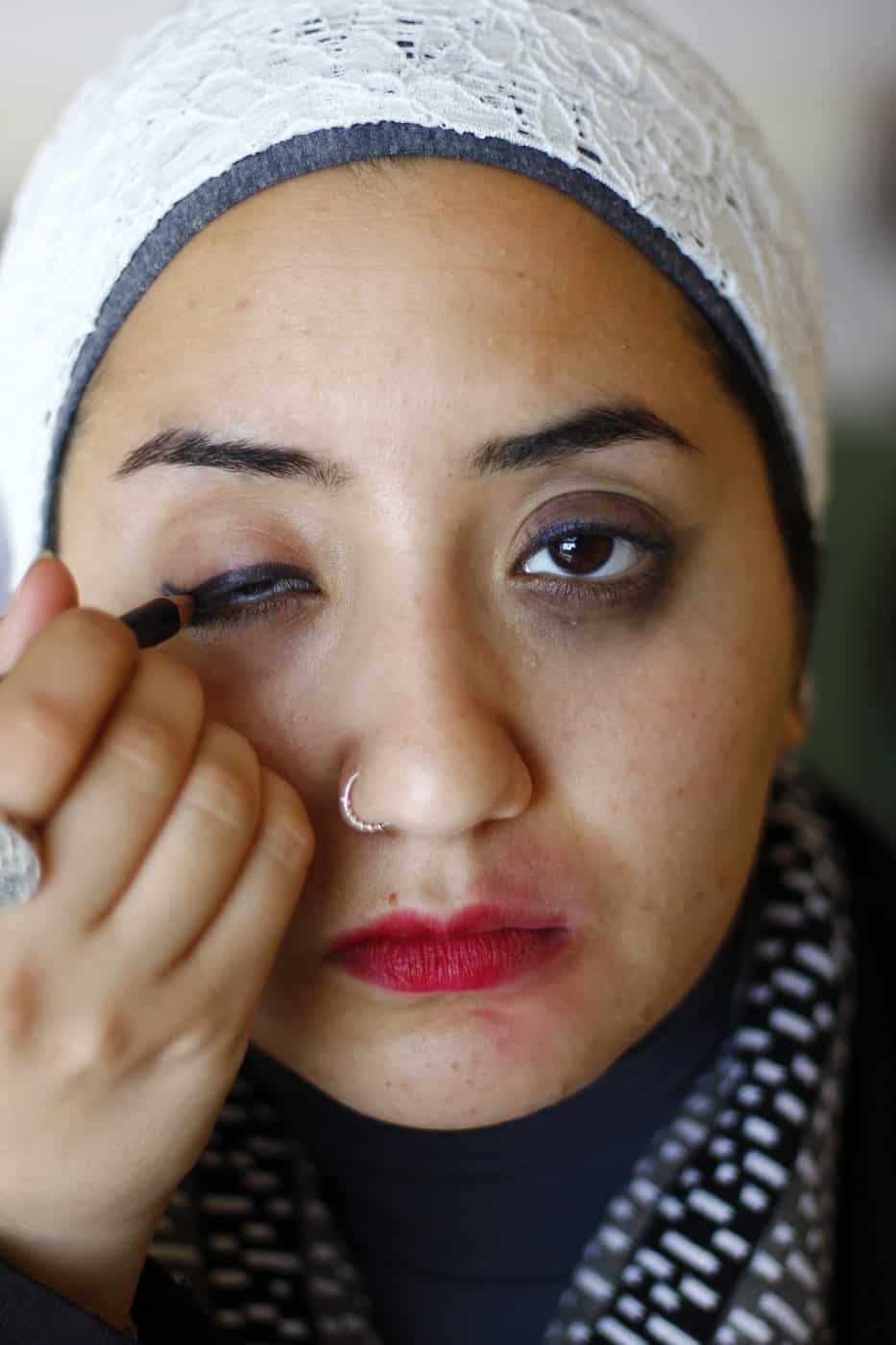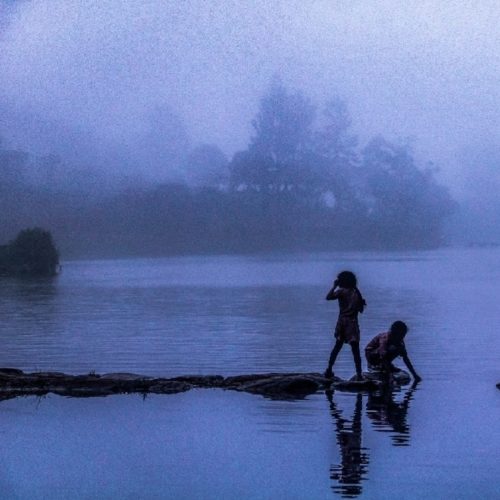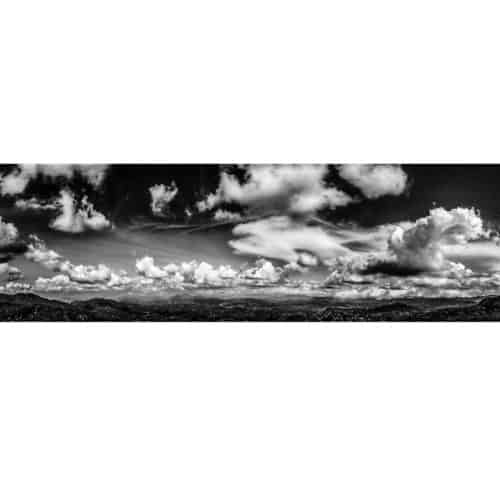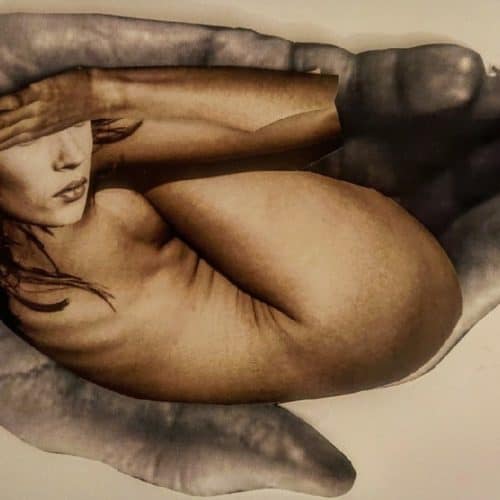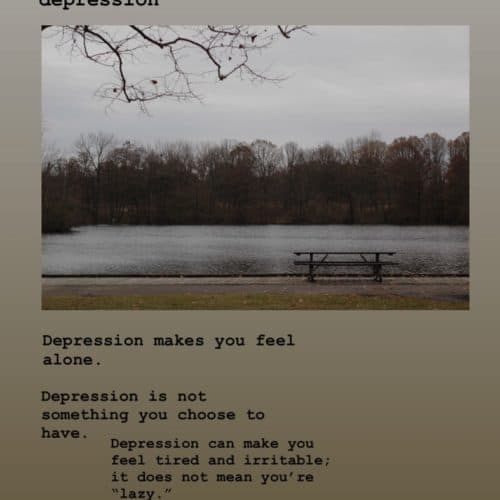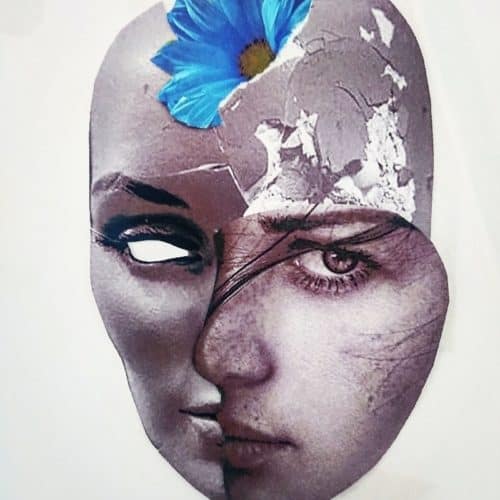Read these featured depression stories from our community then contribute your own to help build a better picture and understanding of depression.
Photo used with permission by member Jenn, see the story here.
Understanding and overcoming
depression through our stories
Everyone experiences these issues differently as there’s such a large spectrum of causes and severity when struggling with depression. That’s why we believe in the power of stories and using therapeutic photography to help people open up and break the silence as a way to better understand these mental health issues for ourselves and everyone else.
Community insights on depression
The Fog
We see a common theme in stories that uses fog as a visual cue and metaphor for depression and the symptoms.
Black and white
Black and white is a recurring way that people express thoughts and feelings around depression, including themes of darkness.
Fences and prisons
Many photos present visual cues and stories speak on feeling fenced in, restricted or imprisoned by depression.
An example of using black and white images as a way to
represent the experience or symptoms of depression, by member Trena Pearl Wall. See the story.
Depression symptoms
What are the symptoms of depression?
The main symptom of depression is feeling sadness and despair for most of the day, usually lasting for up to two weeks and affecting your regular everyday life at school, work or within your social life. Your experience of this is unique and may change over time throughout your journey, while it can be a temporary period or something you manage all through your life.
Other symptoms of depression include:
- persistent feelings of anxiety, sadness or “emptiness”
- feelings of hopelessness, pessism,
- irritability, restlessness, short temper and anger
- difficulty concentrating, making decisions and remembering details
- decreased energy, feeling fatigued, physically drained or “slowed down”
- loss of interest in work, hobbies or activities that were once pleasurable (including sex)
- withdrawal from social circle including friends and family members
- feelings of worthlessness, helplessness, guilt and self-loathing
- physical symptoms that persist, do not respond to treatment and cannot be attributed to another cause (such as aches and pains, headaches, cramps, or digestive disorders)
- changes in sleep patterns: excessive sleeping, early-morning awakening, or insomnia (also known as hypersomnia)
- changes in appetite and weight: overeating and weight gain or low appetite and weight loss
- detachment from reality: having delusions (strange ideas) or hallucinations (hearing voices)
- thoughts of death or suicide, suicide attempts (which need to always be taken seriously)
How to talk about depression – and why it’s difficult
There is stigma around mental illness that make it hard to talk about, which is why we focus on how photography can help express what may not be able to put into words. While there are common symptoms of depression, everyone’s experience will be different and can be dependent on the relationships you have, family history, and the community you live in. All of these factors and more can impact how difficult it is for you to talk about depression, whether it’s for the first time or when you need support again.
We recommend that if you’re trying to start talking about depression for the first time, or if you’re still very uncomfortable with it, that you start out vague and work your way to expressing more personal and detailed stories as your confidence grows. Many members of our community have unfortunately had experiences of judgement, stigma and more from others when speaking up or asking for support, however they were able to find someone who’d listen and support them properly (like our private, caring community here). Do not let it stop you from continuing to open up and get help.
We always recommend you first and foremost seek the help and support of a mental health professional, especially if you’re dealing with severe depression or mental health challenges.
The link between anxiety and depression
Depression and anxiety are often interlinked since they are believed to originate from the same biological vulnerability. Many people who are affected by anxiety disorders also suffer from depression at some time in their lives. Since the symptoms of each only seem to make the other worse, it’s important to try to get help for both — rather than trying to overcome only one.
Factors that affect when to see a mental health professional for depression:
- context in which the depression occurs
- amount of distress caused by symptoms
- extent that it affects their ability to manage daily life
Stories about depression we’re requesting
| Depression Stories | Priority | Status |
|---|---|---|
| Stories of overcoming depression | High | Open |
| Coping with depression | High | Open |
| Depression diagnosis | High | Open |
| What does depression look like | High | Open |
| What does depression feel like | High | Open |
| What does depression do to the body | High | Open |
| How does depression feel | High | Open |
| How does depression develop | High | Open |
| Typical depressive thoughts | High | Open |
| Dealing with depression | High | Open |
| Dealing with depression in children | High | Open |
| Dealing with depression at work | High | Open |
| Dealing with depression during exams | High | Open |
| Dealing with major depression | High | Open |
| How to deal with depression | High | Open |
| How to get rid of depression | High | Open |
| How to talk about depression | High | Open |
| Understanding someone with depression | High | Open |
| What causes depression | High | Open |
Depression stories from member Habiba Abdelaal, sharing how
she needed to put on a mask every day. See the story.
How photography can help with depression
- The act of taking photos can be a form of mindfulness, and shares many of the same practices or principles, which can help to calm and focus the mind
. - Depression, especially in its more extreme forms, can be overwhelming — which makes it hard to put into words what it feels like, especially for someone who has never experienced it before. Using non-verbal communication through photos allows people to expand their vocabulary to convey what they are going through. In the example above, we have blurred movement, which is a common theme we see from members to help convey anxiety.
. - More and more studies are showing the benefits of being out in Nature to help relieve anxiety, stress, and depression. For many people, photography provides more of a motivation to get outside in Nature on a regular basis and explore new areas.
Learn more in our private community
* Login or sign up required
- See all depression stories, posts, and conversations from our members
- Connect with other members who have experienced depression
- Learn more about therapeutic photography for depression in Build Your One Project course
Featured Depression stories
Sign up now, tell your story and get support
Private community, 14-day free trial of full access or forever free community
Sign Up Now

